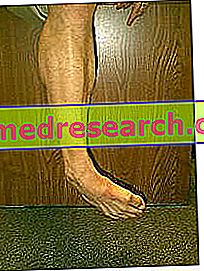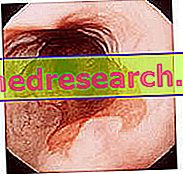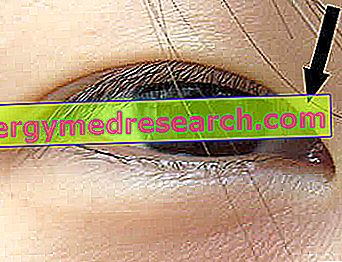Neurovegetative dystonia
Among the generalized dystonias, some peculiar neurological syndromes stand out, characterized by muscular contractions and involuntary spasms of the extrapyramidal system: the disorder in question is known as neurovegetative or, more commonly, paroxysmal dystonia. Considering this syndrome as a mere "dystonia" can sometimes be reductive, considering that in this group of kinetic disorders there are also atetosis, chorea, ballism and cerebellar tremors, involuntary and uncontrolled movements of the musculature falling into the category of dyskinesias.

Incidence
Given the rarity of the condition, certain epidemiological data are still lacking; however, paroxysmal dystonias - which are among the generalized dystonia, together with infantile ones - represent a strong stimulus for scientific research. Scientists are going to search for the gene involved in the manifestation of neurovegetative dystonia, in order to find a valid solution therapy. [taken from www.distonia.it]
Classification
Neurovegetative dystonias are classified into two large groups: they are paroxysmal symptomatic dystonia and primitive paroxysmal dystonia. In turn, each of the aforementioned categories is further cataloged in the genetic-familial and sporadic forms.
Furthermore, neurovegetative dystonia, depending on the causes, duration and frequency, can be classified into:
- Koreogenetic paroxysmal kinesigenic dystonia : it represents the most frequent type of neurovegetative dystonia and is a predominantly male disease. In this dystonia, the fingers of the hands are contracted, the eyes are very wide open, the cheeks are stretched, stretched as well as the eyelids: these conditions determine a strong expressive modulation; in addition, the subject feels fatigue, apathy, tension and paraesthesia (modulation of the sensitivity of legs or arms).
- Paroxysmal hypnogenic dystonia : epileptic form of the frontal lobes. Research has made great strides: the gene imputed in the manifestation of the dystonia under examination has been identified: it is a gene positioned at the level of chromosome 20q.13. The administration of antiepileptics is able to heal the patient.
- Periodic family ataxia (paroxysmal hereditary cerebellar ataxia): rare potentially crippling syndrome, with an autosomal dominant transmission, sometimes characterized by vertigo, myochemistry (spontaneous muscle spasms, more prolonged, although less rapid than fasciculations) or nystagism (tremor of the eyeball).
- Paroxysmal choreoatetotic dystonia : the disease usually begins during the neonatal period, but in some cases it could arise at the age of 30 years. The manifestation of the aforementioned neurovegetative dystonia after the age of 30 is rare and very unlikely; dystonic attacks mainly affect the legs, arms, trunk and face, sometimes also associated with eye deviations. Affected patients complain of tiredness, weakness, pseudo-deafness and tingling. Spasms can be as frequent as 20 times during the day.
- Paroxysmal ataxia responding to acetazolamide (ap-2) : this dystonia is characterized by vertigo, dysarthria, nystagism, ataxia, nausea and vomiting. The frequency and intensity of symptoms vary widely from subject to subject: in fact, in some cases, the paroxysmal attack occurs only once during the year, in others, it is even a daily event, which could degenerate into symptoms vegetative. In general, this dystonic neurovegetative form depends on metabolic pathologies, capable of compromising the cognition of the subject. It seems that patients with paroxysmal ataxia respond positively to acetazolamide, the antihypertensive active principle capable of reducing their symptoms.
therapies
Some sedative pharmaceutical specialties are able to weaken the disorders generated by neurovegetative-paroxysmal dystonia; in the case of mild dystonia, some homeopathic or neuropathic remedies may be useful, but it will be the specialist's task to prescribe the most suitable therapy for the dystonic-paroxysmal patient.



